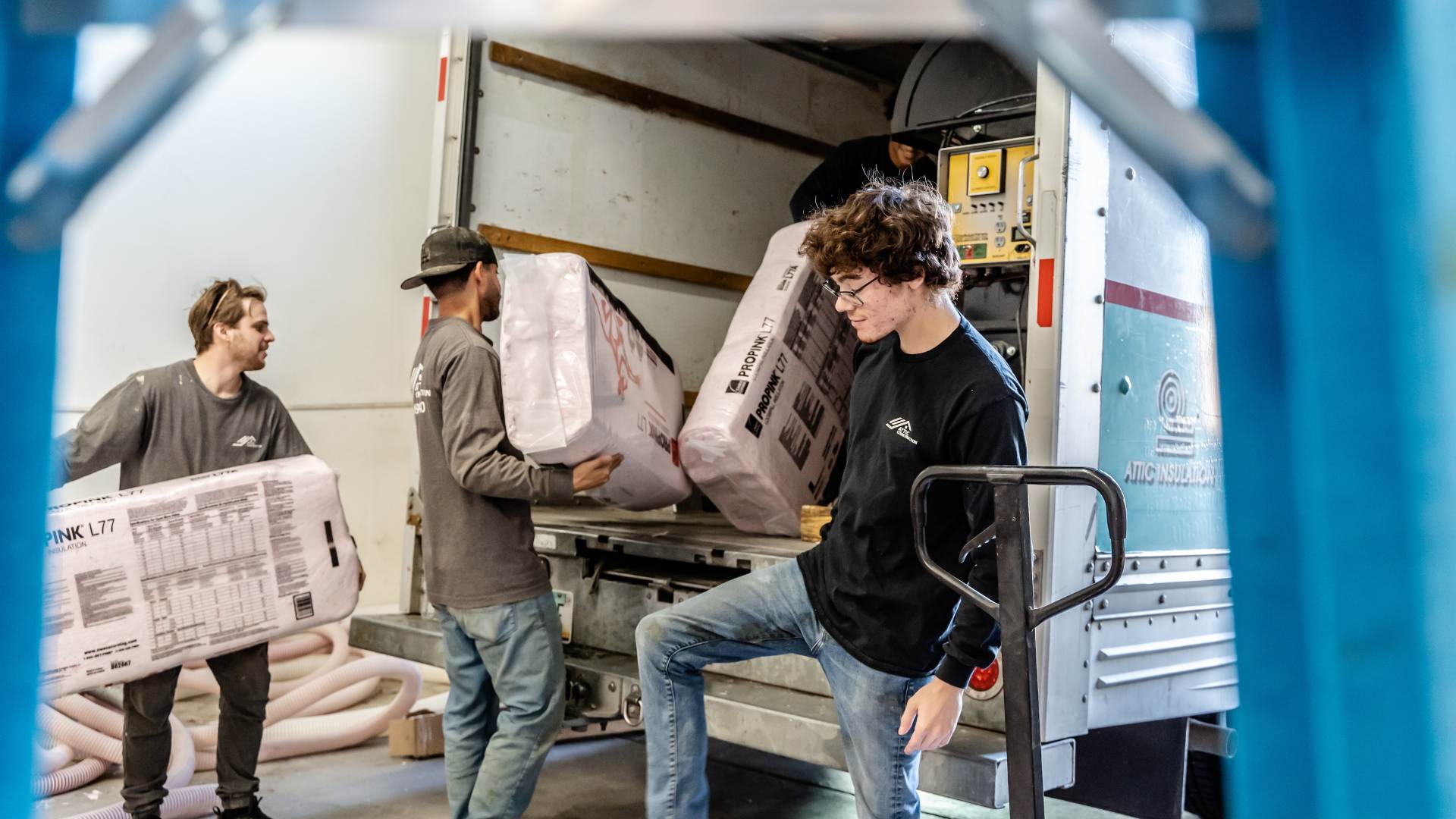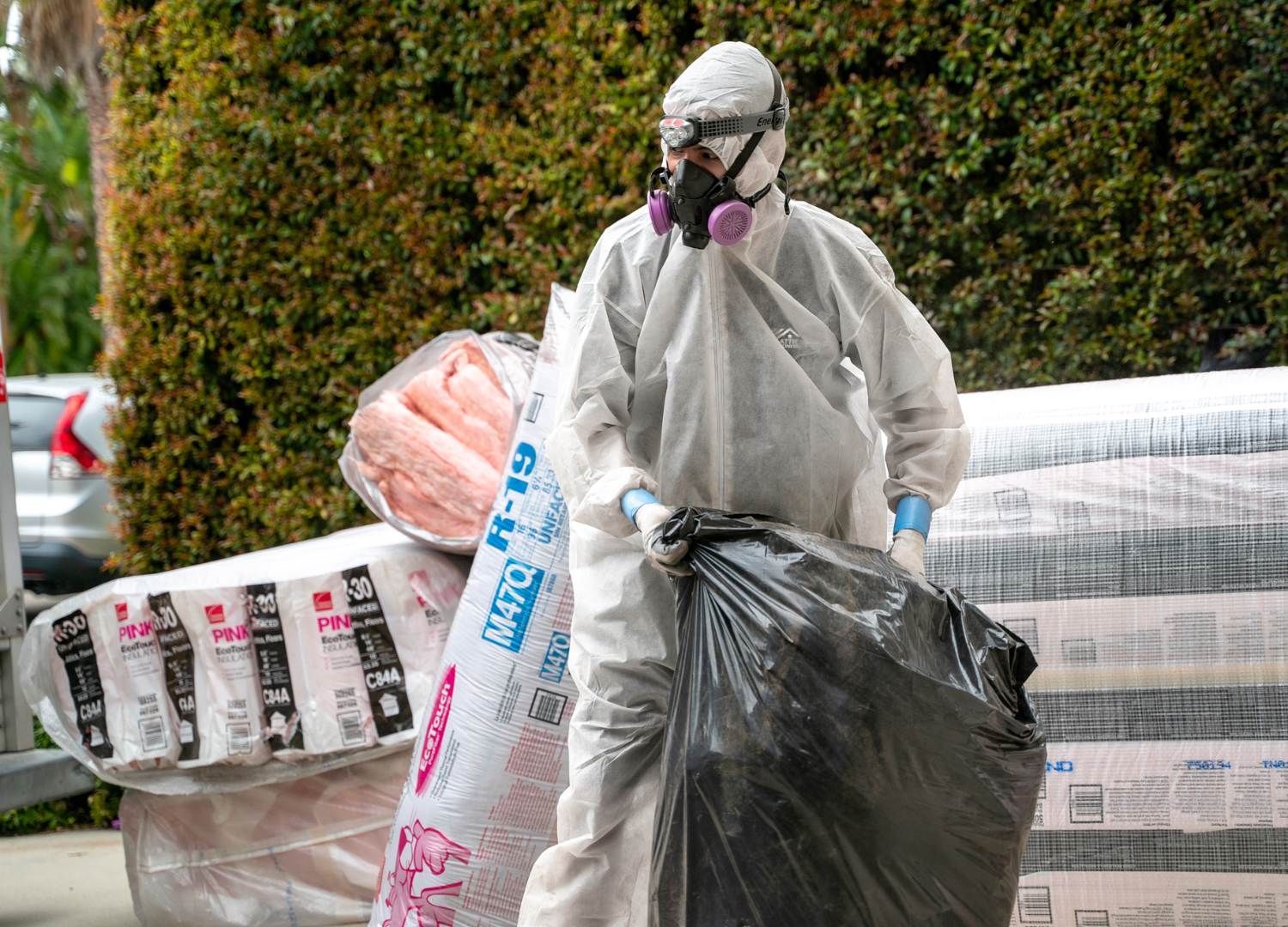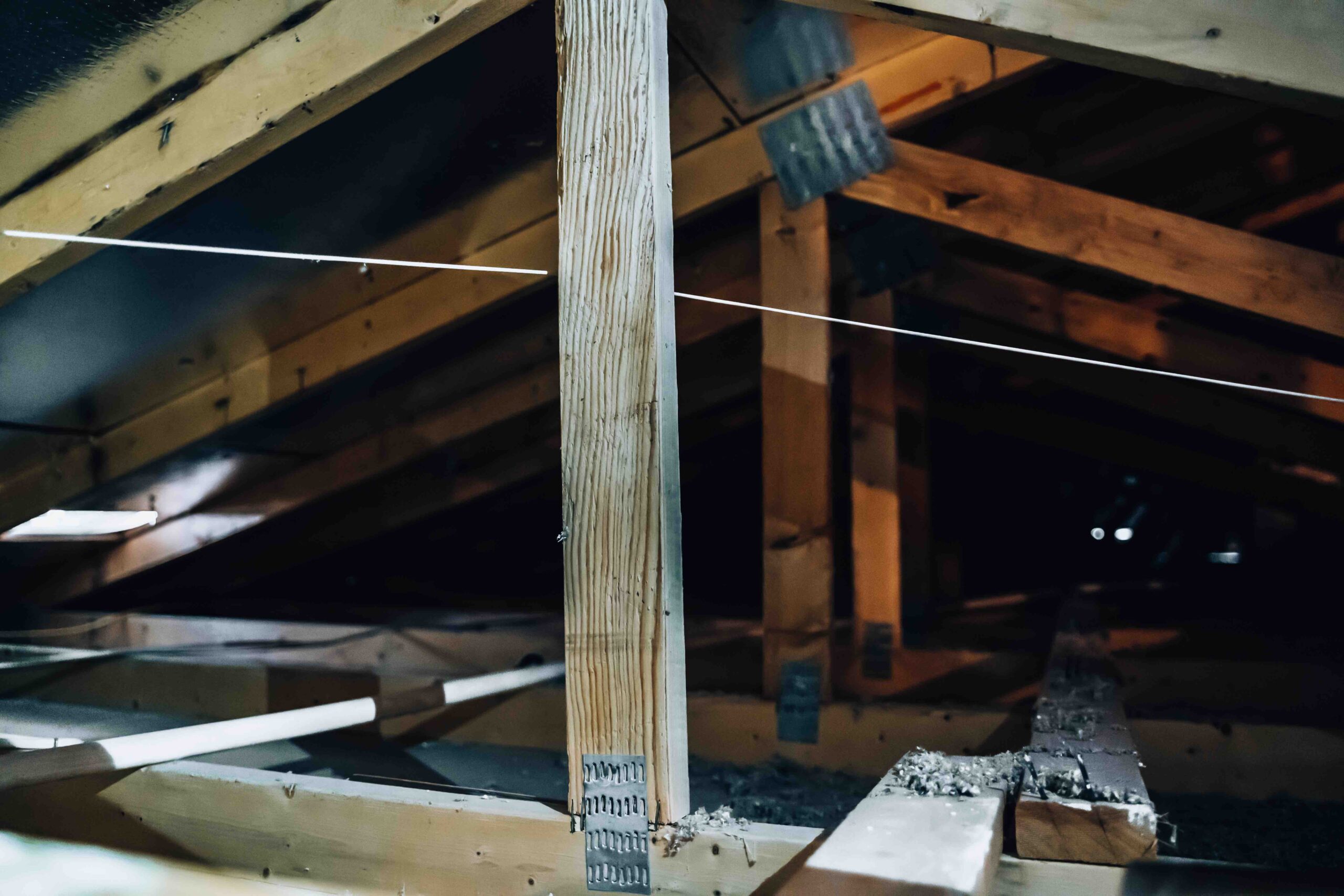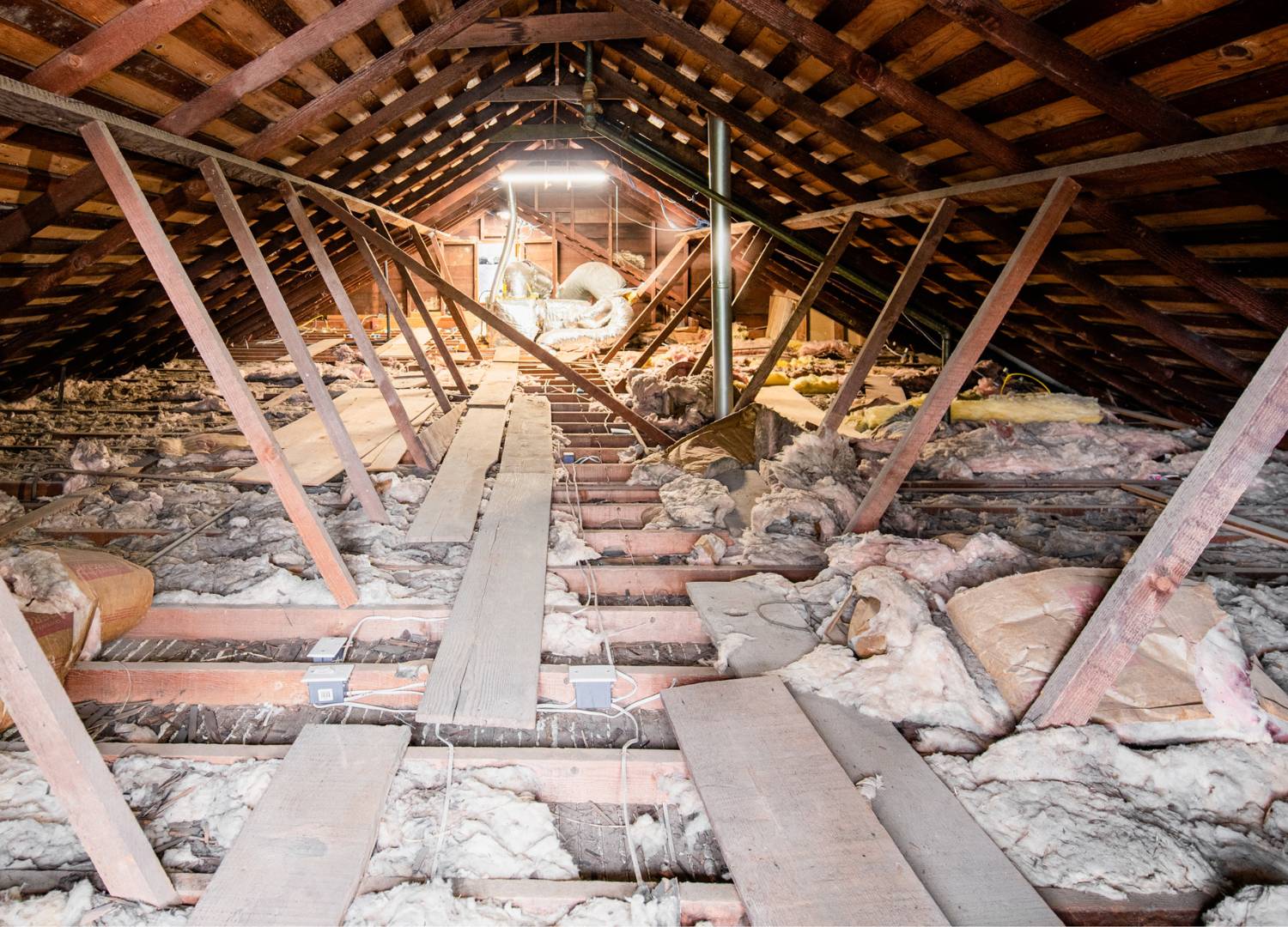Crawl Space Cleaning
Have you been noticing little unwelcome guests in your home—rodent intruders? Has your air quality seemed a bit off lately? You may be experiencing some common crawl space problems.
Nestled between the ground and your floor, it’s a part of your home that often goes overlooked. It’s not a basement, and it’s usually unfinished. It does have insulation, but not much else. No one really goes in there, besides maybe poking through for a crawl space repair or maintenance work.
That’s what makes it the perfect place for rats and other vermin to make themselves at home. It’s also why crawl space cleaning is extremely important.
Attic Construction is your first and best option for maintaining your home’s crawl spaces and attic cleaning.

Schedule Your Free Attic Inspection!
Trusted Local Crawl Space Cleaning Services
Started in nearby San Diego back in 2011, we’ve quickly established ourselves as the #1 rated crawl space cleaning company and general attic service provider in San Diego. Now, we’re happy to provide our attic and crawl space cleaning expertise to homeowners throughout the region, too!
We’re industry leaders with a near decade of experience serving Southern California.

Crawl Space Cleaning Near Me
Being in the local industry so long, we have local expertise that other crawl space services just can’t match. We know what makes local homes unique, including:
Common house layouts and crawl space specifications
All relevant building codes for your area California, and federal laws
Local vermin that target homes in your region homes—and how to handle them!
Are you tired of looking up “crawl space cleanup near me” and not finding the help you need? Or only finding options outside your price range?
Attic Construction is here to help.

Find Out What's In Your Attic!
Why Does Crawl Space Clean Up Matter?
Because you and your family’s health matters.
For a relatively small and forgotten area, crawl spaces have a huge impact on your home. You may not access it that often, but other vermin and critters do. Because your home’s crawl space can make the perfect home for these unwanted guests, oftentimes feces and urine are left behind to contaminate your crawl space insulation. And if you have a vented crawl space, it can lead to unwanted odors and airborne toxins entering your home.
Pests leave behind rodent feces and may create a mess of dirt and debris that can be dangerous for you and your family.
As much as 40% of the air in your home comes into contact with your crawl space. Because of the “stack effect,” hot air gets drawn up from your crawl space into all other parts of your house. So, any dangerous toxins in there can impact you and your family’s health. These being some of key reasons why using a crawl space cleaning service and keeping up with its’ maintenance is so important.
Some examples of diseases caused by airborne toxins from a dirty crawl space include:
In addition, direct contact with crawl spaces can also be dangerous. If you ever need to go into your crawl space for maintenance, you could get sick. Along with rodent droppings, your crawl space may contain mold and mildew that is toxic if you come in contact with it. If a child gets in there while playing, they could fall ill from touching and breathing in the toxins.
Leave it to the crawl space experts when it comes to your clean up. They have the proper training, equipment and expertise to safely inspect and clean the space without putting themselves in harm’s way of any toxins that may be present.
Moran, S. Outdated Crawl Spaces Could Be Causing Health, Energy Problems. https://www.timeswv.com/news/outdated-crawl-spaces-could-be-causing-health-energy-problems/article_35504c66-ba63-11e4-a880-63fdbace7e32.html
Direct contact with a dirty crawl space can cause all the diseases listed above, as well as:

A crawl space clean out is a great, cost-effective measure to reduce the chance that those toxins ever become airborne.
But how do we do it?
How We Clean Crawl Spaces
Our experts have crawl space cleaning down to a science.
After a free crawl space inspection, our technicians create a plan customized to the exact specifications of your home. The most important parts include:
Removing all rodent droppings and animal remains (urine, carcasses, etc.)
Killing all dangerous bacteria and fungi with ecologically sound disinfectants
Sealing off all entry points to prevent a future pest infestation
It all starts with an inspection—free of charge!
Request a Free Inspection Today
If you think you’re a homeowner in need of a crawl space cleanup, we’ll come do a crawl space inspection for free.
How does it work?
We send over a crawl space expert technician, who will perform a comprehensive examination at no cost to you and absolutely NO STRINGS ATTACHED.
Then, if you decide our crawl space cleaning service is right for you, we’ll walk you through the process. We want you to know what you’re getting before you commit.
Get inspected today!
Rodents Carry Harmful Viruses
When you have rats and mice in your attic, resulting in damaged insulation, you’re storing much more than old Christmas boxes and clothing. You could be harboring a plethora of harmful diseases and health concerns. Such as:
Request a Free Attic Inspection Today
We offer a free attic inspection with absolutely NO STRINGS ATTACHED. Request an appointment to have one of our technicians come to your residence and do a complete inspection today. We also offer professional insulation removal, installation, decontamination, rodent proofing and attic cleaning.



